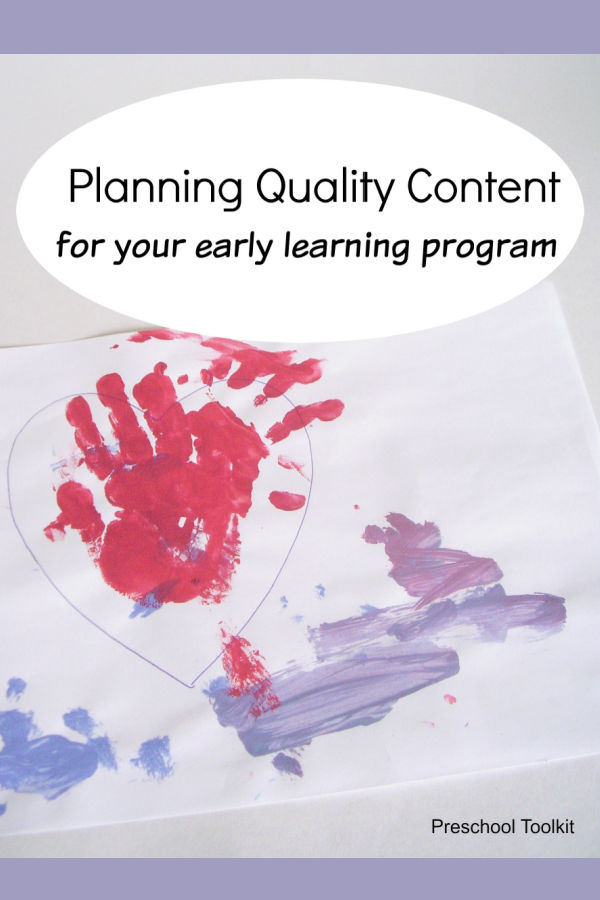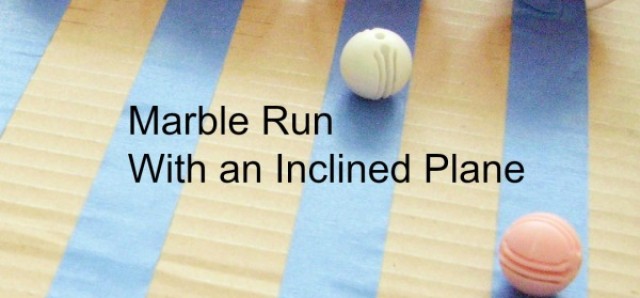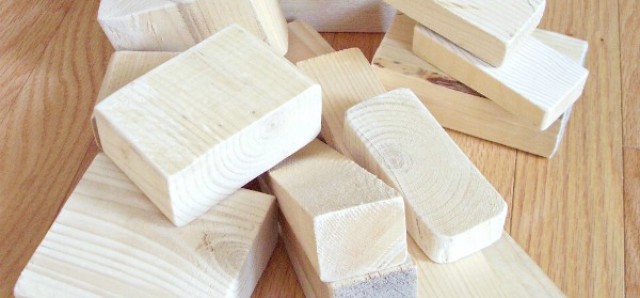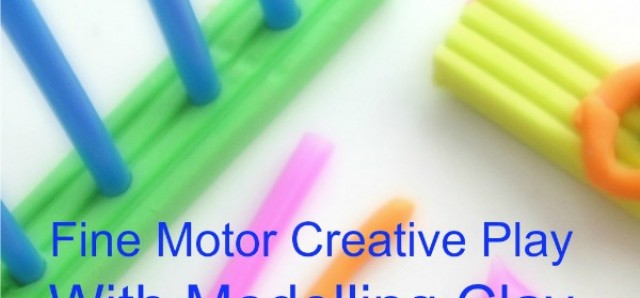Planning Quality Content for Your Early Learning Program
Planning daily activities for preschoolers can be exciting as well as challenging. Here are a few ideas that will help make your job easier, and ensure quality content for your early learning program.
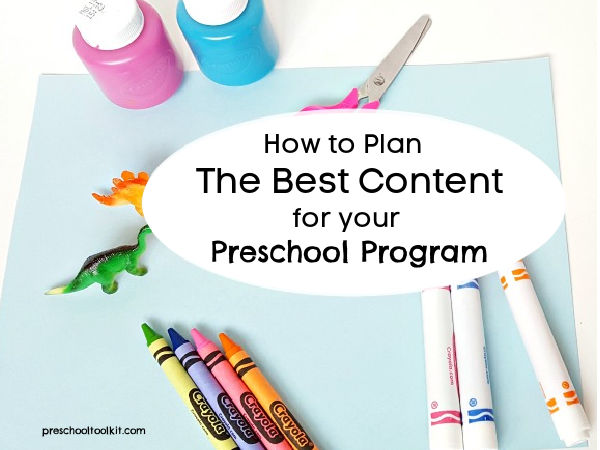
This post contains affiliate links. Privacy and Disclosure
What do you have planned for your preschoolers today? Are you excited to share a rhyming song with them, or see what they create with some new art supplies you purchased?
In this post I offer some tips on delivering a quality program in a kid-friendly space where kids can play and learn.
The goal is to provide interesting materials in a welcoming setting that instills learning through play. This can include hands-on child-led discovery with sand and water play, dress-up clothes, and art supplies, along with teacher-led small group activities such as reading and singing together.
This is the fourth and last post in a four part series: Developing an Early Learning Program.
This article discusses ways you can design a functional environment with appropriate content that supports early childhood education.
_______________________________________
Table of Contents
- Set Up the Play Area
- Choose Content
- Plan Activities
- Circle time
- Small group time
- Arts and Crafts
- Gross motor
- Conclusion
_______________________________________
Planning quality content for a preschool program
An early learning program nurtures developmental skills as children engage in everyday play.
The program you provide is supported by the activities you deliver as well as the environment in which you play and learn.
1. Set Up The Play Area
The learning space can be divided into separate areas depending on the activities you provide.
These designated spaces are physically defined by furniture placement, shelves, table and chairs, or mats. They are often called stations, centers, or corners.
Related: Fun-A-Day explains what centers are and why they are important.
Individually designed areas separate the art easel from the housekeeping or dress-up area, and the science shelf from the block corner.
Highlight centers with a theme
Many teachers adopt a weekly or seasonal theme in their facility. The centers or stations are stocked with props that reflect this specific topic.
- Dress up clothes include a fire fighter hat during fire prevention week.
- Dinosaur figures are added to the block corner to extend a dinosaur theme.
Related: How to Plan a Dental Unit. from Little Sprouts Learning
Divided areas in your home or classroom will provide a unique environment for your early learners, helping to focus attention on specific play components or tasks.
Examples of routine centers that encompass early learning activities
- Build a tower in the block corner.
- Cook breakfast in the housekeeping corner.
- Dig up fossils in the sand box.
- Paint a rainbow in the art center.
Free play or independent play allows students a portion of the day to engage with the various centers in the classroom.
This engagement is an important part of the daily schedule, as it supports development of early childhood skills through child-led play.
Related: Pop over to PreKinders to see a more detailed discussion of center time.
2. Choose Content
How can I make optimal choices for preschool activities?
Choose activities that encourage play.
The goal is to provide opportunities for children to experiment, explore and make discoveries while participating in both group and independent play.
Include a variety of toys and materials in your play spaces.
- a water table with funnels and strainers
- an easel with paints and smocks
- a cardboard box puppet theater with kid-made puppets
- a plastic bin filled with play sand for a sand box
With any activity, sharing your enthusiasm and encouragement is invaluable to the learning process.
Join in the activities with the children - dance, stack blocks, share stories, make hand prints in play dough.
Assess your environment and materials.
- Is there enough space in the room for kids to leap-frog over cardboard lily pads on the floor?
- Does the story book have large colorful pictures that everyone in the reading corner can see?
- Are there options for different ages and skill levels to complete the flower craft?
- Does the block corner have materials that promote independent thinking and creativity?
Choose activities that are age-appropriate.
Often homes and classrooms have a range of ages and skill levels, so activities are chosen to fit a broad demographic.
Example: Read a book during story time such as Sadie and the Snowman by Allen Morgan, then provide materials for an open-ended art activity.
As the children gather around the art table, ask what type of weather they saw in the story.
Rather than instructing children to "cut out a yellow circle for the sun", provide scissors, crayons and construction paper. Guide them through discussion and feedback as they draw or glue materials on a sheet of paper to make their weather pictures.
What are we doing today?
One morning I had a child ask: What are we doing today?
Once children learn that there is always something 'going on' in your classroom they will bring their energy and eager anticipation to the early learning environment.
You're opening the door to countless opportunities for children to learn and grow, all while having fun!
3. Plan Activities
An early learning program will have a balance of free play, largely kid-led activities in centers, and scheduled teacher-led activities such as circle time.
Even with activities guided or initiated by a grownup, attention should be given to following the child's lead.
Is the child engaged? Is the activity age and skill appropriate? How do the child's responses alter or guide the delivery of the activity and the outcomes?
Teacher-led activities contribute to the daily schedule in many ways.
This component of an early learning program introduces new information and skills, encourages group interaction, and challenges students to explore and observe.
The activities you choose for this directed learning should be an invitation to play, so kids just naturally want to join in!
Circle time
The terms circle time and small group time are sometimes used interchangeably but I will draw a distinction between the two for the purpose of this discussion.
Circle time is generally conducted in a quiet comfortable setting, away from the main floor space if possible. Children are seated on a carpeted floor, or on individual mats, in a circle or semi-circle.
Students engage in planned activities with the teacher: reading stories; singing songs with finger plays; matching colors or shapes on the felt board.
Related: How to provide a welcoming circle time from Preschool Inspirations.
Small group time
Small group time is generally held around a table or in an open space. It generally involves an activity that requires children to move about or handle a variety of materials.
Materials are provided to engage students in experimentation and observation.
Kids collaborate on group art projects, play games, sort seashells, make vegetable soup, or plant seeds.
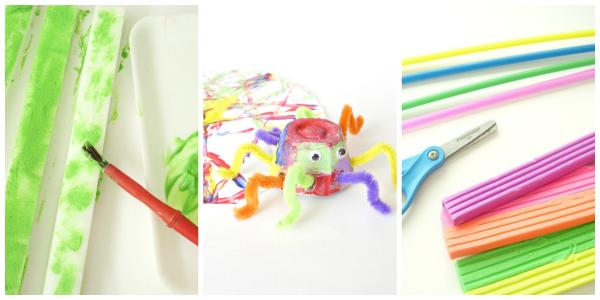
Arts and Crafts
This area often includes a table and chairs for working with materials, and storage options nearby for craft supplies.
Art sessions are opportunities for drawing, painting, cutting, gluing and creating with a variety of materials such as construction paper, glitter glue, colorful feathers, pipe cleaners and modeling clay.
Teachers and parents can engage with kids by using open-ended questions and comments.
I see you chose the red crayon to color your house.
Are you going to cut out leaves for the tree?
Strive for child-led art activities.
- Process art is a term applied to art activities with a goal of making each activity less about following step-by-step instructions and more about following the child's creative lead.
Manage outcomes: benefits of an activity should not be limited by expected outcomes.
Take a look at the different results in our Flower craft process art activity
Gross Motor Play
These activities incorporate large body movements such as jumping, swinging arms, and stretching.
Games will generally be non-competitive and open-ended, although kids may want to add their scores in a game of toss or run races in the backyard.
- bean bag games, balloon volleyball, ring-around-the-rosy
- balls and skipping ropes, relay races, parachute games, playground equipment.
Related: Outdoor backyard play ideas
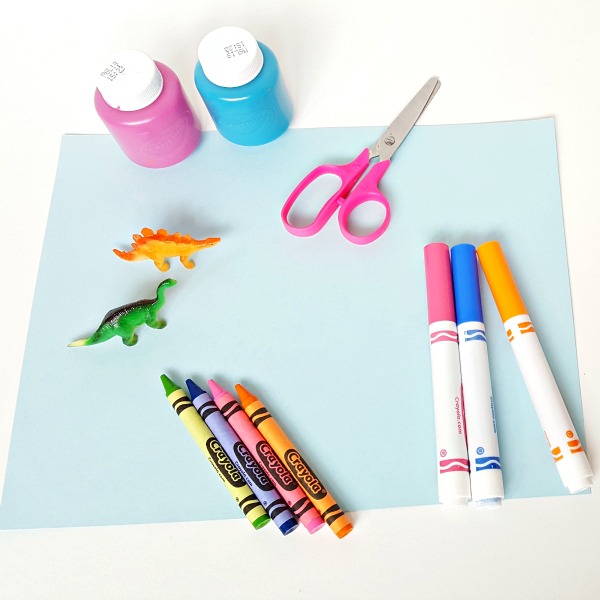
4. Conclusion
The development of young children benefits from the care and expertise offered by early learning teachers. Your sincere commitment to understanding the role of play for nurturing developmental skills will assist you in developing a successful early learning program.
Making the effort to do the best you can for the children in your care will help bring out the best in them.
Plan
- an environment that fosters independent learning and exploration
- a variety of activities that nurture a wide range of developmental skills
- a daily schedule that flows smoothly from one activity to another
- policies and procedures with open communication between staff and parents
Deliver
- toys and materials that will spark imagination and creativity
- opportunities for open-ended experiences and exchanges, and guidance to help problem-solve
- kindness and respect in an environment that fosters sharing, caring and fair play
- leadership by being dependable and enthusiastic, and by maintaining a safe environment
Training and experience you bring to the home or classroom as early childhood educators are even more valuable when coupled with the energy and enthusiasm you share during playtime with children as they explore, discover, create, and learn.
Here are the links for the posts included in this four-part series:
Part 1: Determining the Goals of your Early Learning Program
Part 2: Establishing a Daily Schedule for Your Early Learning Program
Part 3: Why There is Value in a Daily Planner for Your Early Learning Program
Part 4: Planning Quality Content for Your Early Learning Program (you are here!)
Content Busters!
(affiliate links)
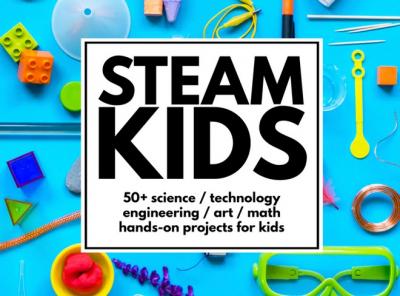
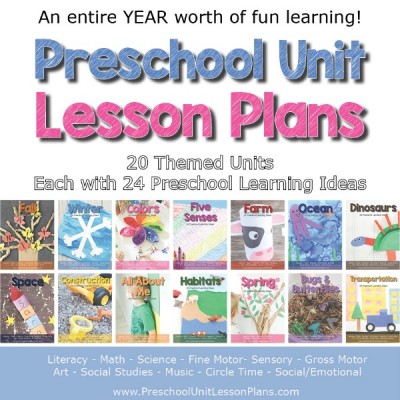
Curriculum Board on Pinterest
Teaching Resources Board on Pinterest
